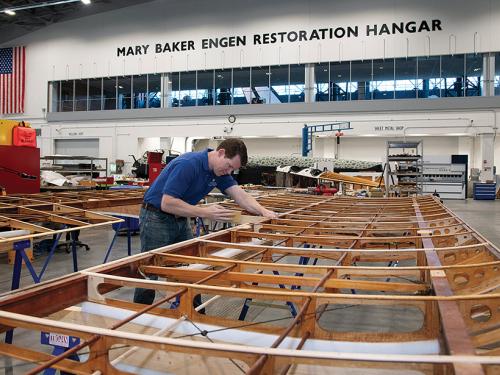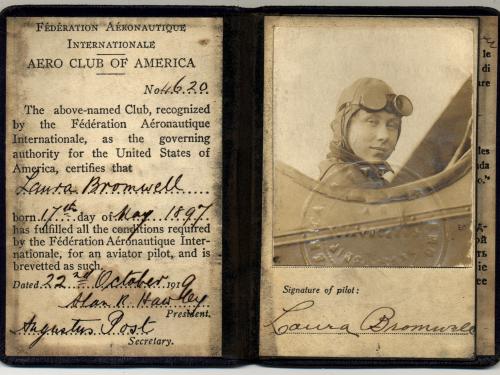
Stories of daring, stories of technological feats, stories of prevailing against the odds ... these are the stories we tell at the National Air and Space Museum. Dive in to the stories below to discover, learn, and be inspired.
Showing 1 - 10 of 698

April 04, 2025
Over the years the Museum's Conservation Unit has received grant funding from the National Collections Program to help care for our most vulnerable artifacts. These projects showcase the artistry and engineering innovations of early aviation while addressing unique treatment challenges posed by fragile materials and past repairs.

March 20, 2025
The Cold War story of the Nuclear Test Aircraft, the NB-36H, the world’s first flying nuclear reactor.

March 20, 2025
A new National Air and Space museum gallery explores how American military aviation evolved, grew, and shaped our world in the years since World War II.

March 20, 2025
Aviation and space in the news.

March 20, 2025
From the Director

March 20, 2025
In depth story of Jay Flanagan, a restoration specialist and master woodworker at the National Air and Space Museum, and his restoration of the Lincoln-Standard H.S. at the Mary Baker Engen Restoration Hangar at the Steven F. Udvar-Hazy Center in Chantilly, Virginia.

March 20, 2025
To manufacture thousands of airplanes for its World War I allies, the Army formed the Spruce Production Division (SPD) to meet the demand.

March 20, 2025
Surviving an aircraft pilot takes piloting skills and rigorous training.

March 12, 2025
Laura Bromwell’s determined spirit and career as a member of the NYPD Aviation Reserves marked the beginning of women serving as invaluable members of the combined aviation and law enforcement communities.
February 13, 2025
Conservators had the rare opportunity to examine the cockpit of the Museum's North American X-15-1, allowing the stabilization of its delicate plastic components.
